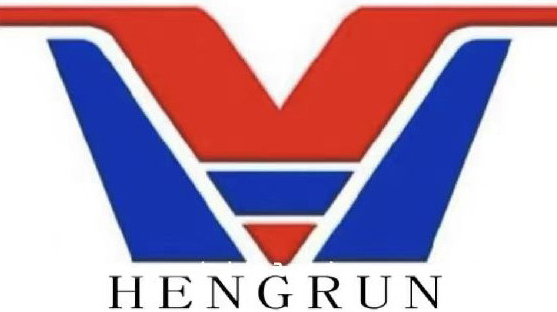Paper machine dryer section
The dryer section of the paper machine, as its name suggests, dries the paper by way of a series of internally steam-heated dryer cylinder that evaporate the moisture. Steam pressures may range up to 160 psig. Steam enters the end of the dryer head (cylinder cap) through a steam joint and condensate exits through a siphon that goes from the internal shell to a center pipe. From the center pipe the condensate exits through a joint on the dryer head. Wide machines require multiple siphons. In fast paper machine centrifugal force holds the condensate layer still against the shell and turbulence generating bars are typically used to agitate the condensate layer and improve heat transfer.
The sheet is usually held against the dryers by long felt loops on each the top and bottom of each dryer section. The felts greatly improve heat transfer. Dryer felts are made of coarse thread and have a very open weave that is almost see through, It is common to have the first bottom dryer section unfelted to dump broke on the basement floor during sheet breaks or when threading the sheet.
Paper dryer cylinder are typically arranged in groups called sections so that they can be run at a progressively slightly slower speed to compensate for sheet shrinkage as the paper dries. The gaps between sections are called draws.
The paper machine drying sections are usually enclosed to conserve heat. Heated air is usually supplied to the pockets where the sheet breaks contact with the driers. This increases the rate of drying. The pocket ventilating tubes have slots along their entire length that face into the pocket. The dryer cylinder hoods are usually exhausted with a series of roof mounted hood exhausts fans down the dryer section.
Additional sizing agents, including resins, glue, or starch, can be added to the web to alter its characteristics. Sizing improves the paper’s water resistance, decreases its ability to fuzz, reduces abrasiveness, and improves its printing properties and surface bond strength. These may be applied at the wet (internal sizing) or on the dry end (surface sizing), or both. At the dry end sizing is usually applied with a size press. The size press may be a roll applicator (flooded nip) or a blade type. It is usually placed before the last dryer section. Some paper machines also make use of a ‘coater’ to apply a coating of fillers such as calcium carbonate or china clay usually suspended in a binder of cooked starch and styrene-butadiene latex. Coating produces a very smooth, bright surface with the highest printing
China Leading PAPER MACHINE manufacturer,stock preparation equipments,cylinder mould paper machine,fourdrinier paper machine,paper making machine,toilet paper machine, toilet tissue paper making machine,corrugated paper machine, A4 copy paper machine,Kraft paper machine, writing paper machine,printing paper machine,etc



